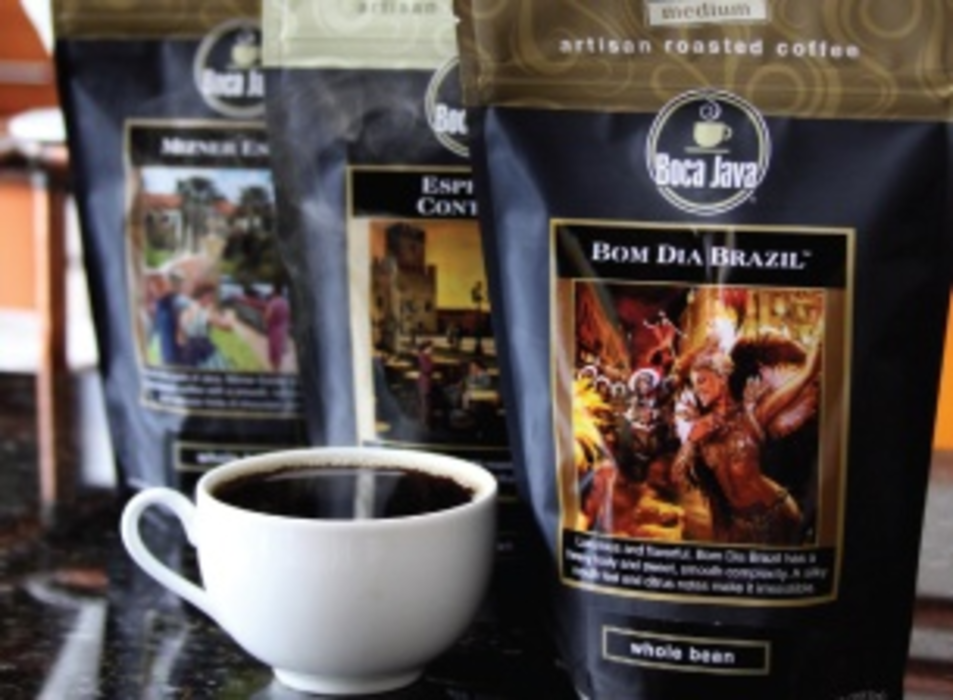Florida-based coffee retailer Boca Java recently tested a “three-pack special” campaign against three segments of customers — those who previously ordered two bags, three bags and four bags of coffee. Surprisingly, the two-bag segment performed the best as an upsell to three bags, offering a conversion of about 10% compared with the other two segments. The campaign offered a 17% discount and gave customers the opportunity to select their own coffees. Boca Java worked with Bronto Software to change its ?e-mail model.?
“We can now look at these customers who purchased and see how many are recurring members and work to increase their bag count up a notch on their next order,” says Ron Sas, VP of marketing at Boca Java. “Moving those levers ever so slightly greatly ?affects our business and success.”?
He adds that understanding customers and their purchasing habits is vital to the retailer’s segmentation process. One has to go with the other. ?
Boca Java divides its marketing segments into several categories including club members, nonclub members, past club members, prospects, registrants and “unresponsive.” Within each of these active segments, the gourmet coffee roaster tracks and sends out ?e-mail promotions based on purchase history. It examines types of coffee, types of purchases (coffee, tea, cocoa and chai) and average product order. It also follows club members’ orders and shipping frequencies to send its e-mails at the optimal time. Sas notes that the company doesn’t want to send an e-mail when the customer has a pantry of coffee.?
“We find that once people have tried our coffee, we can explore deeper coffee promotions and drive purchases to a wider selection of our catalog,” Sas says. “Our e-mail program is a main driver of revenue and is critical to the success of Boca Java.” ?
Capturing additional information on customers for marketing segmentation is an art and science. Melanie Attia, product marketing manager at Campaigner, a Canadian-based e-mail marketing service provider, suggests to first segment with what you know. Next, examine e-mail activity and metrics such as opens, clicks and forwards. It all indicates engagement. Then ask directly for the information you want to capture such as birthday, product interests and purchase intent. Attia suggests that telling people how you will use the information makes them more likely to share.?
New folks on the list are another profitable option and are more likely to interact because they recently joined the list, Attia says. “Give them reasons to build an opinion of your brand,” adds Attia. “Make more aggressive offers for those on the list a long time.”?
Ohio-based Stanley Steemer, which works with ExactTarget, segments its e-mail marketing lists by geography around its 300 corporate and franchise operations. Adding local geographic information to its lists produces ?returns. For example, its San Diego operation traditionally has higher open rates than other areas. Chris Sentz, ?Internet marketing specialist at Stanley Steemer, says the San Diego franchise is close to its customers and sends out e-mails more frequently than other operations. At the same time, its customers expect to hear back from them. ?
“More people who interact translates to more services and revenue,” Sentz says. The organization is currently conducting a three-phase Nielsen study that involves demographics and customer segments. Sentz says this ?information will provide a good idea of who they service, how large the industry pie is, and how it can appeal to different ?segments.?
The challenge with list segmentation in e-mail marketing is determining how much segmentation to do. Eric Groves, SVP at Constant Contact, a Waltham, MA-based e-mail marketing firm, says it boils down to how you expect to communicate with your audience in the future. As you segment your marketing relationships, list sizes will get smaller. ?
The goal for segmentation, Groves says, is to drive higher open rates than generic communication can garner. Open rates are certainly an indication if the targets like the content. “Look at open rates and see how they change over time,” Groves says. “It indicates at least how they’re reacting to the ?subject line.”







